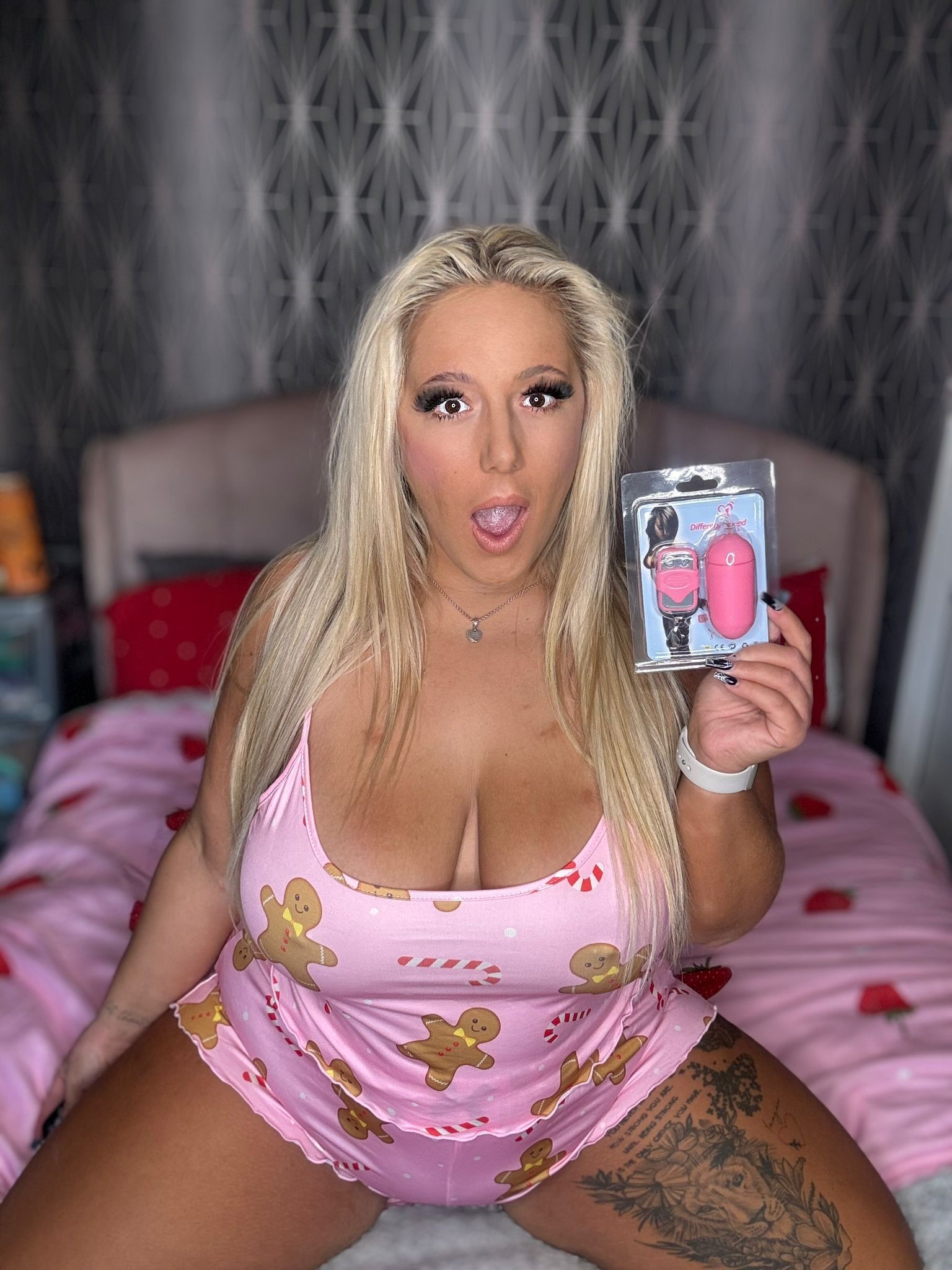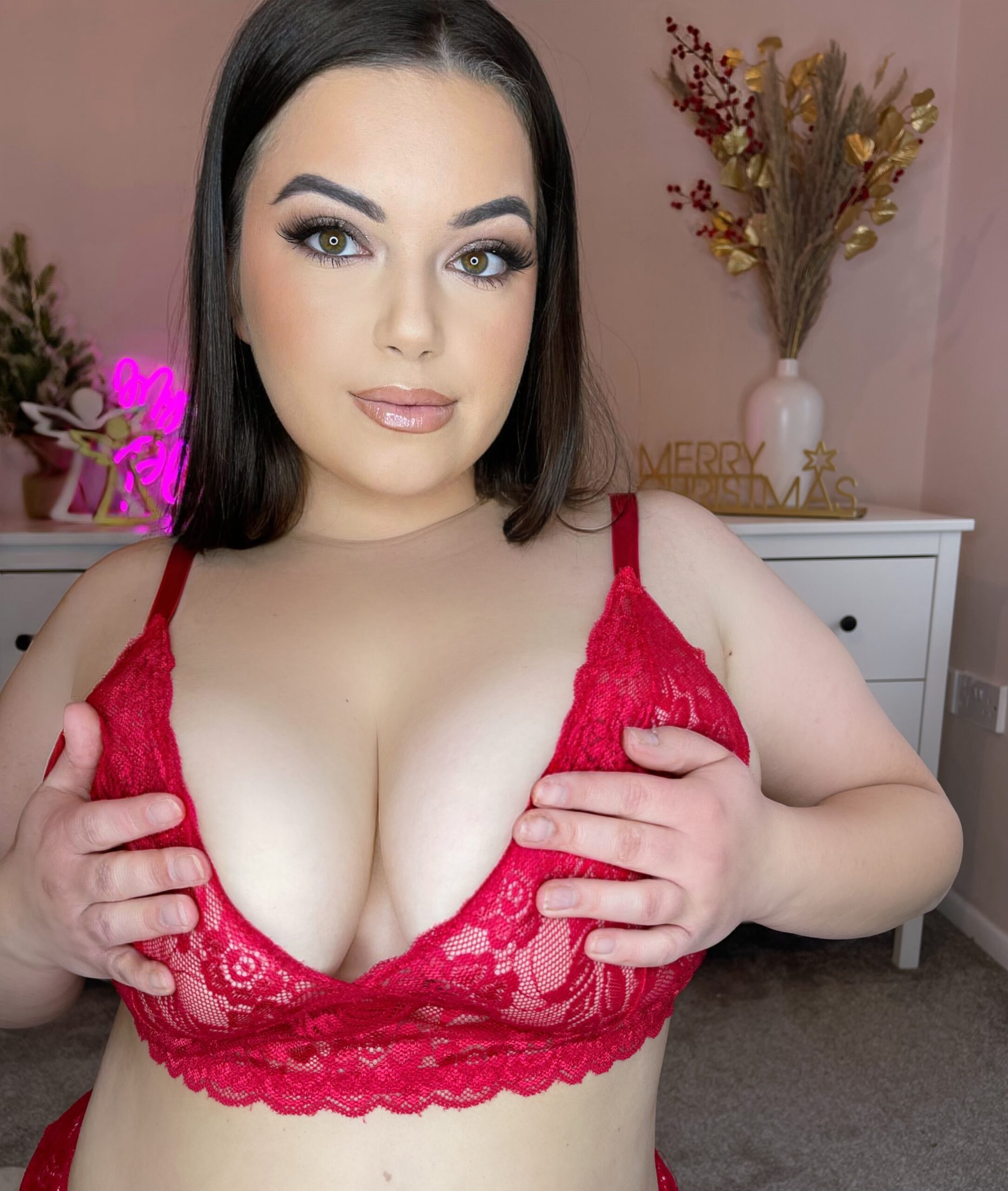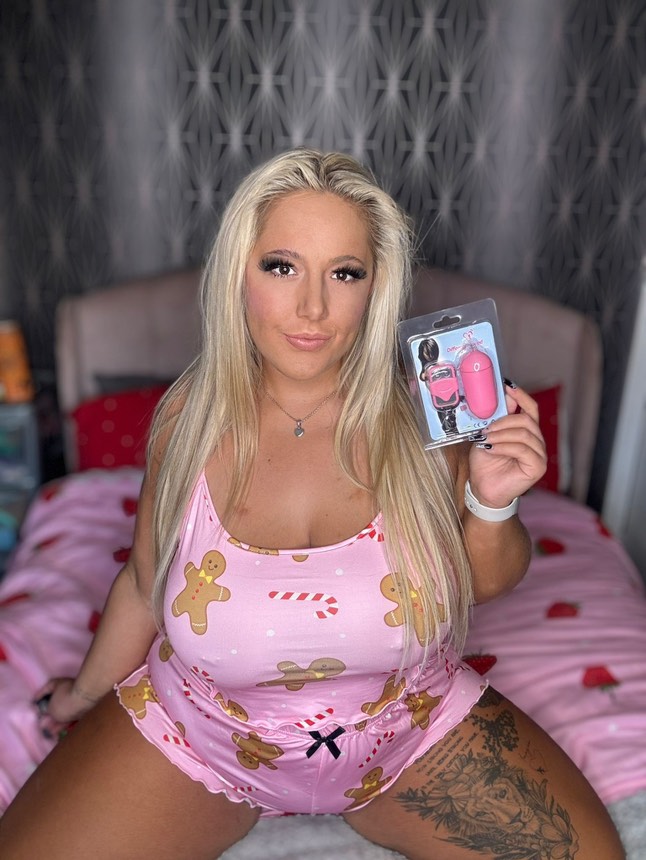The Origins of Dracophilia
The concept of Dracophilia has its roots in ancient mythologies and folklore, where creatures like vampires and dragons have captivated human imagination for centuries. From the medieval European tales of blood-sucking beings to the mythical Chinese dragon, these supernatural entities have been depicted as both fearsome and alluring. The modern fetish of Dracophilia, which combines elements of vampirism and draconicism, has emerged in recent decades, reflecting our enduring fascination with the darker aspects of human nature and the unknown.

Mythological Roots
The origins of dracophilia, or the fascination with vampires, dragons, and other supernatural creatures, can be traced back to ancient mythologies and folklore. In many cultures, these beings were believed to possess extraordinary powers and were often associated with death, transformation, and the unknown.
In ancient Greece, for example, the legend of the Lamia tells the story of a blood-drinking creature that roamed the earth, preying on young children. Similarly, in medieval European folklore, dragons were depicted as fire-breathing beasts that symbolized good or evil, depending on the context. These creatures have since become iconic figures in literature and popular culture, inspiring countless stories, films, and artwork.
The modern concept of vampires, however, is believed to have originated in Eastern Europe during the Middle Ages. The vampire legends of this region often featured blood-sucking beings with supernatural powers, who could rise from the dead to prey on the living. These tales were later adapted into Western literature, influencing the iconic figures we know today, such as Count Dracula.
Dragons, on the other hand, have a more widespread presence in mythology and folklore. In many cultures, they are depicted as powerful, serpentine creatures with symbolic significance. For example, in ancient China, dragons represented good fortune and prosperity, while in European folklore, they were often associated with fire and destruction.
The allure of the supernatural is complex and multifaceted, but at its core, it taps into human desires for mystery, excitement, and the unknown. Dracophilia, as a fetish, represents a fascination with these creatures that extends beyond mere entertainment, speaking to deeper psychological and emotional needs.
Cultural Influences
The origins of dracophilia, or the fascination with vampires and other supernatural creatures, are complex and multifaceted. In many cultures, the concept of vampirism has been present for thousands of years, drawing from mythological and folklore traditions.
One of the earliest recorded instances of vampire-like creatures can be found in ancient Mesopotamian mythology, where the goddess Lilitu was described as a blood-drinking demon. Similarly, in ancient Greece, the legend of Empusae, female spirits that could transform into wolves or other animals to prey on humans, shares similarities with modern conceptions of vampirism.
In European folklore, particularly in Eastern Europe and Slavic cultures, vampires were often seen as a threat to rural communities and were frequently associated with darkness, disease, and death. The legend of Vlad the Impaler, a brutal 15th-century prince from Wallachia (now part of Romania), has been cited as an inspiration for Bram Stoker’s iconic character Count Dracula.
Cultural influences on language have played a significant role in shaping our perceptions of vampirism and the supernatural. The Latin word “vampiris” referred to blood-drinking spirits, which was later adopted into Middle English as “vampire.” The term gained popularity in the 18th century with John Polidori’s short story “The Vampyre,” which further cemented the vampire’s place in Western literature and popular culture.
Furthermore, literature has greatly contributed to our fascination with vampires, dragons, and other supernatural creatures. Gothic fiction, horror movies, and fantasy novels have all helped to evolve and diversify our understanding of these mythological beings, often incorporating elements from various cultures and traditions.
The Vampire Subculture
The vampire subculture has long been a staple of folklore, literature, and popular culture, captivating audiences with its dark allure and timeless mystique. From the Gothic novels of Anne Rice to the modern-day franchise of Twilight, vampires have evolved from blood-sucking monsters to romanticized figures, inspiring a devoted following of fans who fetishize their beauty, power, and otherworldliness.
Beyond the iconic depiction of vampires as seductive, bloodthirsty creatures, the subculture surrounding these beings is characterized by a deep fascination with the supernatural and the unknown. This is evident in the prevalence of vampire-themed art, literature, film, and fashion, which often explore themes of mortality, transcendence, and the human condition. The allure of vampirism extends beyond the realm of mere entertainment, tapping into desires for transformation, escape, and connection with the mysterious and the unknown.
Counterculture Movement
The Vampire Subculture, also known as Goth or Gothic Subculture, has its roots in the 18th century literary movement that celebrated the beauty of death, decay, and the supernatural. However, it wasn’t until the late 1960s and early 1970s that the modern Vampire Counterculture Movement began to take shape.
This subculture was heavily influenced by horror fiction, comic books, and rock music. The aesthetic of the Vampire Subculture is characterized by its dark and romanticized imagery, often featuring vampires as brooding, Byronic figures with a taste for the finer things in life, such as luxury, decadence, and death. The fashion associated with this subculture typically includes black clothing, fishnet stockings, leather corsets, and elaborate hairstyles.
The Vampire Subculture has also spawned its own unique mythology and symbolism. Vampires are often seen as icons of rebellion against mainstream society, representing a desire to break free from societal norms and conventions. The Vampire lifestyle is often associated with themes of immortality, eternal life, and the pursuit of beauty and pleasure at any cost.
Some argue that the Vampire Subculture represents a form of escapism for those who feel disillusioned with modern society. Vampires embody a fantasy world where one can transcend mortality, experience intense emotions, and explore the darker aspects of human nature. For others, the Vampire lifestyle serves as a commentary on contemporary social issues, such as consumerism, hedonism, and the commodification of death.
Fictional Representations
The vampire subculture has captivated human imagination for centuries, inspiring numerous fictional representations in literature, film, and popular culture.
One of the most enduring and influential depictions of vampires can be found in Bram Stoker’s 1897 novel “Dracula”, which solidified the modern concept of the blood-sucking undead. Since then, vampires have appeared in countless works of fiction, from John Polidori’s “The Vampyre” (1819) to Anne Rice’s “Interview with the Vampire” (1976). These representations often explore themes of immortality, desire, and the supernatural.
Fictional vampires are frequently characterized by their seductive powers, elegance, and mysterious nature. They are often portrayed as outsiders, forced to exist on the fringes of society due to their vampiric condition. This dichotomy between monstrous Otherness and irresistible charm has captivated audiences and fueled the enduring appeal of vampire fiction.
In addition to vampires, other supernatural creatures such as werewolves, witches, and demons have also been drawn into popular culture. These beings often embody similar themes and archetypes, highlighting humanity’s deep-seated fascinations with the unknown, the exotic, and the forbidden.
Dragons in Dracophilia
Dracophilia fetish encompasses a diverse array of interests and desires centered around supernatural creatures, most notably vampires and dragons. These beings are often shrouded in mystery, evoking both fear and fascination in human populations. Their association with mythology, folklore, and popular culture has contributed to their enduring allure, sparking the imagination of individuals who indulge in Dracophilia fetish.

Metaphorical Connections
The world of Dracophilia fetish is a complex and multifaceted one, where the lines between reality and fantasy are blurred, and the allure of the supernatural holds a powerful sway over the human psyche. At its core, Dracophilia fetish revolves around the idea of vampires, dragons, and other creatures of myth and legend as symbols of power, seduction, and transformation.

- On one level, Dracophilia fetish can be seen as a metaphor for the human desire for transcendence and escape from the mundane routines of everyday life. The supernatural creatures that populate this world serve as a vehicle for exploring themes of identity, morality, and the human condition.
- The symbolism of vampires, in particular, is rich and multifaceted, representing both the allure and the terror of the unknown. They embody the seductive power of desire, as well as the destructive forces that can consume us when we allow ourselves to be consumed by our baser instincts.
- Dragons, on the other hand, represent the untamed fury and primal power that lies at the heart of human existence. They embody the idea of a wild, unbridled energy that cannot be contained or civilized, and serve as a reminder of the awe-inspiring forces that shape our world.
Ultimately, the allure of Dracophilia fetish lies in its ability to tap into our deep-seated desires for excitement, thrill, and transformation. By embracing the supernatural and the unknown, we can experience a sense of liberation and empowerment that is both exhilarating and terrifying at the same time.
Cultural Associations
The concept of Dracophilia fetish revolves around the fascination with vampires and other supernatural creatures, including dragons. This cultural association has its roots in ancient mythology and folklore, where such beings were often depicted as powerful, mystical, and seductive figures.
- Dragons, in particular, have become a staple of modern Dracophilia fetish culture, representing the ultimate symbol of power and ferocity. In many Asian cultures, dragons are revered as benevolent, wise creatures that embody good fortune and prosperity.
- The vampire, on the other hand, has undergone a significant transformation from its origins in medieval European folklore to become the brooding, Byronic hero we know today. Vampires have come to symbolize seduction, danger, and the transgression of social norms.
- Dragons and vampires often coexist in Dracophilia fetish culture, representing the dual attractions of power and vulnerability. This dichotomy speaks to our deep-seated desires for control and surrender, as well as our fascination with the unknown and the forbidden.

The allure of dragons and vampires has also been influenced by modern pop culture, from fantasy novels like J.R.R. Tolkien’s “The Lord of the Rings” to films like “Twilight” and “Game of Thrones.” These depictions have further solidified their places in our collective imagination, fueling the ongoing fascination with these supernatural creatures.
The Supernatural Allure
The supernatural has long been a source of fascination for humans, captivating our imagination and inspiring countless works of fiction. From ancient mythologies to modern-day pop culture, the allure of vampires, dragons, and other creatures of the night continues to enthrall us. But what is it about these beings that holds such power over us? Is it their mysterious nature, their perceived power and strength, or something more primal? Whatever the reason, one thing is clear: our affinity for the supernatural has never been stronger.
Fear and Fascination
The supernatural has long held a profound allure for human imagination, captivating our collective consciousness in ways both fascinating and terrifying. From the undead monarchs of ancient mythologies to the modern-day creatures of the night, vampires, dragons, and other paranormal beings have evolved into potent symbols of our deepest desires and darkest fears.
The attraction to the supernatural can be attributed, in part, to its ability to tap into fundamental human emotions such as curiosity, fascination, and even fear. Our fascination with vampires, for example, stems from their enigmatic nature – creatures of both beauty and terror, who embody the contradictions that lie within our own darker selves.
Vampires, with their hypnotic powers and intoxicating charm, represent a forbidden love affair between humanity and the unknown. They embody the transgressive and taboo elements of human desire, thrilling us with the promise of eternal life and seducing us with promises of untold pleasure. Meanwhile, dragons – those majestic and awe-inspiring creatures – symbolize power, strength, and the primal forces that shape our world.
The appeal of these supernatural beings lies not only in their fantastical qualities but also in the reflection they provide of our own psychological complexities. We are drawn to the dark corners of their nature, finding ourselves enthralled by the very fears that they evoke. In doing so, we reveal the depths of our own psyche, confronting the shadows within and acknowledging the primal forces that drive us.
The allure of the supernatural also speaks to our existential yearning for meaning and connection in a seemingly indifferent universe. Our fascination with these beings serves as a testament to human imagination’s boundless capacity to craft compelling narratives that capture our essence and ignite our passions. By embracing the unknown, we momentarily transcend the boundaries of reality, tapping into an infinite realm of possibilities that fuels our creative expression.
Catharsis and Fantasy
The allure of supernatural creatures has captivated human imagination for centuries, transcending cultural boundaries and linguistic barriers. From the Gothic novels of yesteryear to modern-day blockbuster franchises, vampires and dragons have been synonymous with mystery, terror, and fascination. But what lies behind this enduring appeal? Why do we find ourselves drawn to the dark, the unknown, and the fantastical?
One possible explanation lies in the concept of catharsis – the purging of emotions through artistic expression or experience. The supernatural, with its associations with death, decay, and the unknowable, taps into our deep-seated fears and desires, allowing us to confront and release them in a safe and controlled environment. By indulging in fantasies about vampires and dragons, we can momentarily escape the mundanity of reality and connect with something greater than ourselves.
Furthermore, the supernatural offers a realm where societal norms and conventions are turned upside down, providing an outlet for subversive impulses and desires. The vampire, in particular, represents a seductive fusion of human and monster, embodying both our deepest fears and most primal desires. By fetishizing these creatures, we can explore and experience aspects of ourselves that we may not fully acknowledge or express in waking life.
Dragons, too, hold a special allure, representing a powerful force of nature that defies explanation or domination. As symbols of primal power and destruction, they embody the raw energy and chaos that lies at the heart of our world. Our fascination with dragons speaks to a deep-seated need for awe, wonder, and transcendence – a longing to connect with forces beyond human control.
In this way, the supernatural allure serves as a metaphor for our own desires, fears, and aspirations. By immersing ourselves in fantasies about vampires and dragons, we can gain insight into our own psyche, revealing hidden facets of our nature and providing a unique form of psychological catharsis. Ultimately, the appeal of these creatures lies not only in their fantastical world-building but also in their capacity to reflect and refract our own human experiences – and desires.
Ignite your fantasies with outfits from Peaches and Screams Buy Pipedream toys for exciting, innovative pleasure at Peaches and Screams Buy cheap sex toys for under 30 pounds at Peaches and Screams Buy durable paddles at Peaches and Screams Buy sex toy cleaners for hygienic play at Peaches and Screams Buy non-latex condoms for a sensitive choice at Peaches and Screams
Apples and Pears Co. Press on Honey Arielle Likes to Cook
- How Sculptra Works For Collagen Stimulation In Surrey - May 8, 2025
- Exosome Therapy For Skin Rejuvenation Near Ewell, Surrey - May 8, 2025
- Gummy Smile Treatment – Gum Contouring Near Compton, Surrey - May 8, 2025
